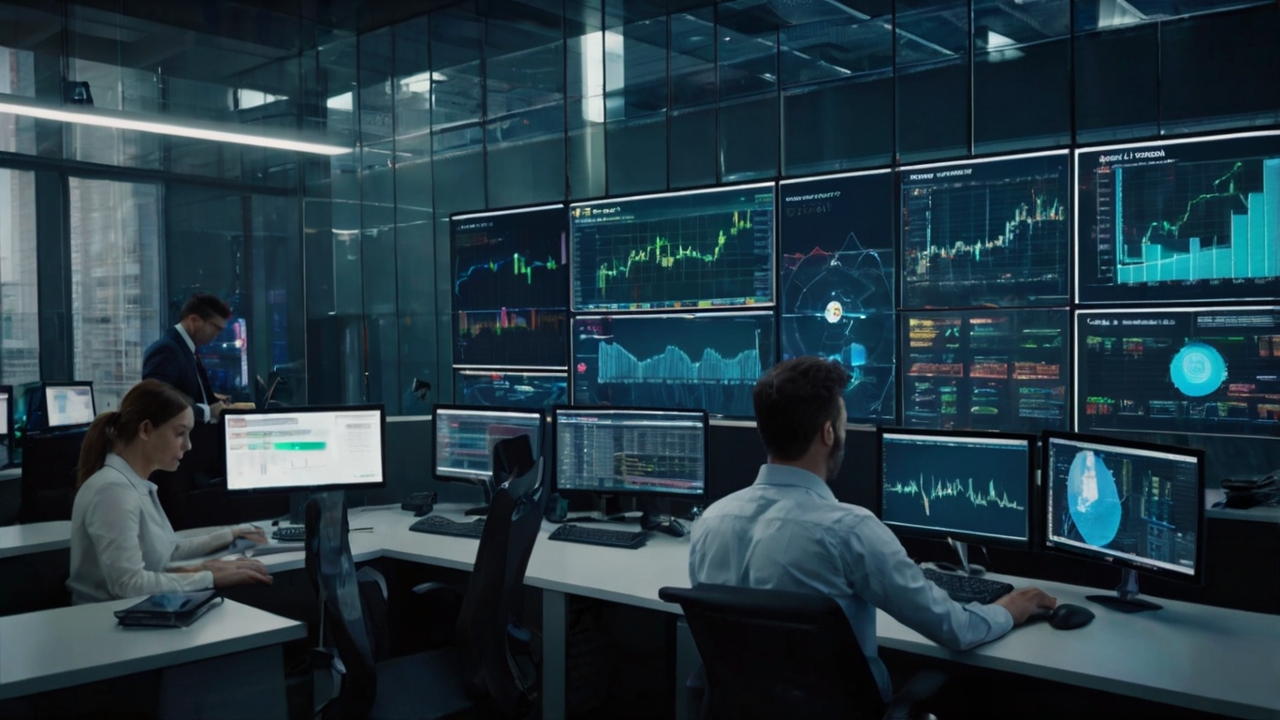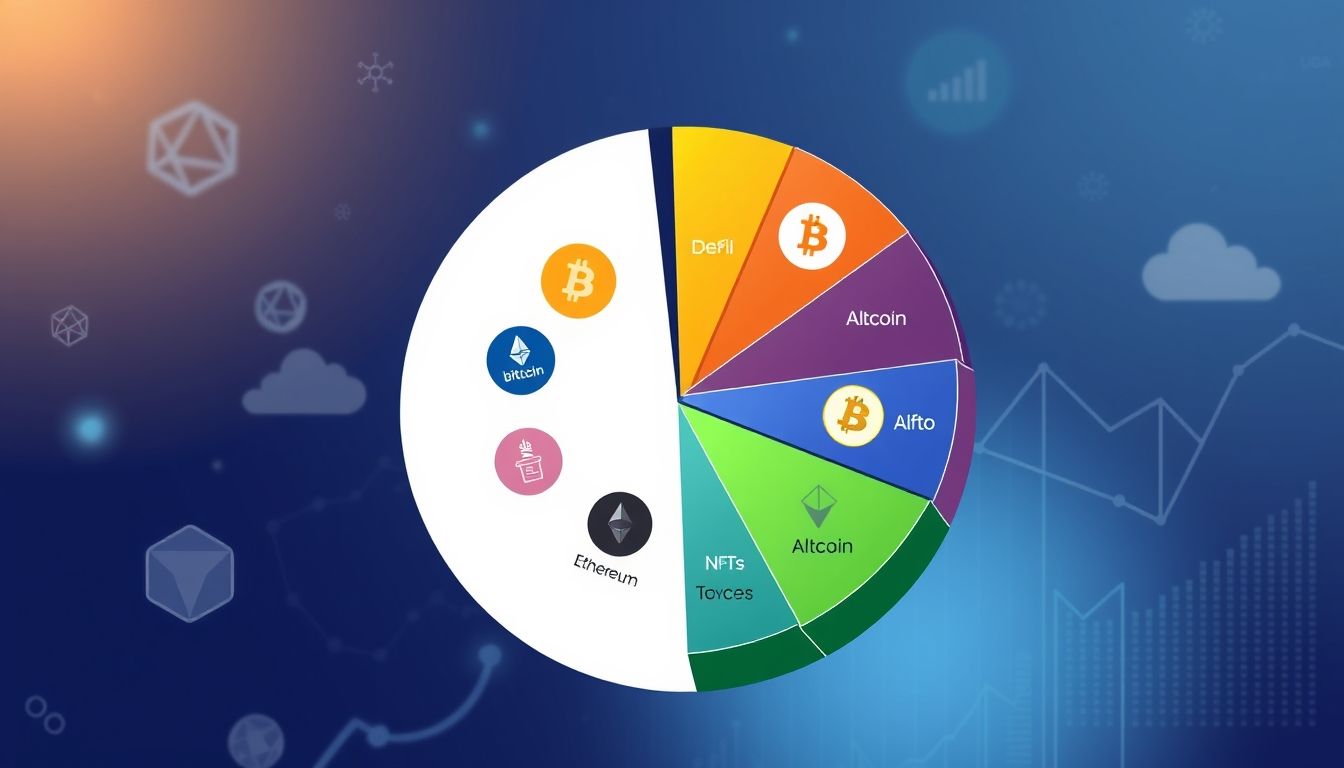Introduction to Algorithmic Trading in Cryptocurrencies
The cryptocurrency market has experienced tremendous growth in recent years, attracting investors from all over the world. With increasing complexity and volatility in this market, algorithmic trading has become a popular option for traders seeking to maximize profits and minimize risks. Algorithmic trading, also known as automated trading or robot trading, uses computer programs to execute trades automatically based on a predefined set of rules and criteria.
What is Algorithmic Trading?
Algorithmic trading is the process of using computer programs to execute trades automatically based on a set of predefined rules and criteria. These rules can include technical indicators, fundamental analysis, market news, and any other factors that the trader believes affect cryptocurrency prices.
Why Choose Algorithmic Trading in Cryptocurrencies?
- Speed and Efficiency: Robots can execute trades much faster than humans, allowing you to take advantage of market opportunities that you might miss manually.
- Eliminating Emotions: Algorithmic trading eliminates the influence of emotions on trading decisions, reducing the likelihood of making rash decisions based on fear or greed.
- 24/7 Trading: Robots can trade around the clock, even while you sleep, allowing you to take advantage of global market opportunities.
- Backtesting: You can backtest algorithmic trading strategies on historical data to evaluate their performance before risking real capital.
- Diversification: You can use algorithmic trading to diversify your investment portfolio by trading a variety of cryptocurrencies.
Popular Algorithmic Trading Strategies in Cryptocurrencies
There are many different algorithmic trading strategies that can be used in the cryptocurrency market. Here are some of the most common strategies:
1. Trend Following
This strategy relies on identifying trends in cryptocurrency prices and trading in the direction of that trend. For example, if the price of Bitcoin is in an uptrend, the robot will automatically buy Bitcoin. Conversely, if the price is in a downtrend, the robot will sell Bitcoin.
2. Range Trading
This strategy relies on identifying the ranges in which cryptocurrency prices move and trading within those ranges. For example, if the price of Ethereum is moving between $2000 and $2200, the robot will automatically buy Ethereum when the price approaches $2000 and sell it when the price approaches $2200.
3. Arbitrage
This strategy relies on exploiting differences in cryptocurrency prices between different exchanges. For example, if the price of Bitcoin is higher on exchange A than on exchange B, the robot will automatically buy Bitcoin from exchange B and sell it on exchange A to make a profit.
4. News Trading
This strategy relies on reacting to news and events that affect cryptocurrency prices. For example, if positive news is announced about a particular cryptocurrency, the robot will automatically buy that currency. Conversely, if negative news is announced, the robot will sell the currency.
5. Moving Average
This strategy relies on using moving averages to identify market trends. The robot calculates the moving average of the cryptocurrency price over a certain period of time, and then uses this average to determine whether to buy or sell the currency.
Choosing the Right Algorithmic Trading Platform
There are many different algorithmic trading platforms available in the cryptocurrency market. When choosing a platform, it is important to consider the following factors:
- Fees: Compare the fees charged by different platforms.
- Supported Cryptocurrencies: Make sure the platform supports the cryptocurrencies you want to trade.
- Security: Choose a platform with a good reputation for security.
- Ease of Use: Choose a platform that is easy to use and understand.
- Customization Options: Make sure the platform offers sufficient customization options to meet your needs.
Risks of Algorithmic Trading in Cryptocurrencies
Despite the many benefits of algorithmic trading, it is important to be aware of the risks involved:
- Software Errors: Software errors in the robot can lead to significant losses.
- Market Volatility: Extreme market volatility can trigger stop-loss orders unexpectedly.
- Technical Failures: Technical failures in the platform or internet can disrupt algorithmic trading.
- Fraud: There are many scams related to algorithmic trading in cryptocurrencies.
Tips for Success in Algorithmic Trading in Cryptocurrencies
To achieve success in algorithmic trading in cryptocurrencies, follow these tips:
- Start Small: Start with a small amount of capital until you learn how the system works.
- Test Your Strategies: Test your strategies on historical data before risking real capital.
- Monitor Robot Performance: Monitor the robot's performance regularly and adjust your strategies as needed.
- Stay Informed: Stay informed about market news and events that affect cryptocurrency prices.
- Use Stop-Loss Orders: Use stop-loss orders to limit your potential losses.
- Diversify Your Investments: Don't put all your money into one cryptocurrency or trading strategy.
Practical Examples from the Arab and Global Markets
Arab Market:
Several startups in the Arab region have begun offering algorithmic trading services for cryptocurrencies. For example, "BitOasis," a trading platform based in Dubai, offers advanced automated trading tools for users. There is also increasing interest from individual investors in the region in using robots to trade cryptocurrencies.
Global Market:
Platforms such as "MetaTrader 5" and "TradingView" are among the most widely used platforms globally for algorithmic trading in cryptocurrencies. There are also many robots and strategies available on these platforms that users can choose from. In addition, many large hedge funds use algorithmic trading to manage their investment portfolios in cryptocurrencies.
Real Statistics and Figures
According to a report by "Statista," the global algorithmic trading market is expected to reach USD 12.7 billion by 2023. Estimates also indicate that more than 70% of trading volume in financial markets is executed by algorithms and robots.
Conclusion
Algorithmic trading in cryptocurrencies can be an effective way to generate profits and reduce risks, but it is important to be aware of the risks involved and follow the tips mentioned above. By choosing the right trading platform, developing strong trading strategies, and managing risk carefully, you can increase your chances of success in this exciting market.
Disclaimer: Trading in cryptocurrencies involves high risks. You should consult a financial advisor before making any investment decisions.




